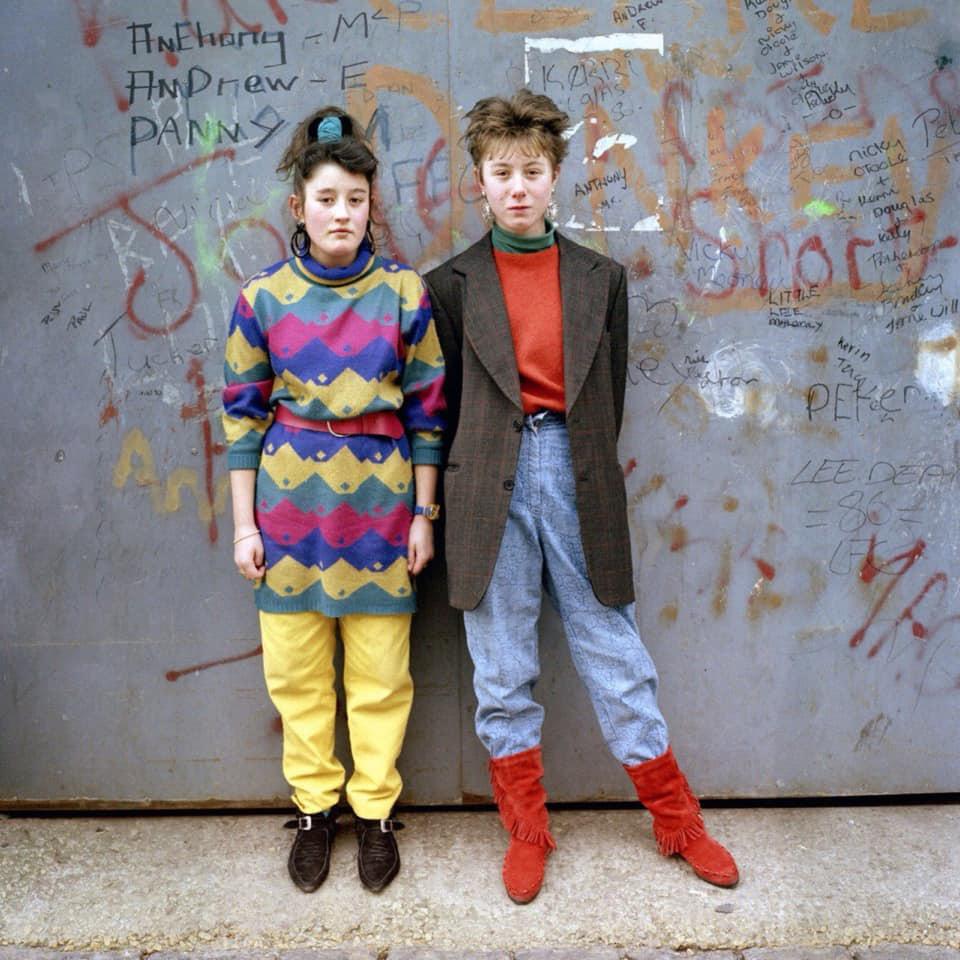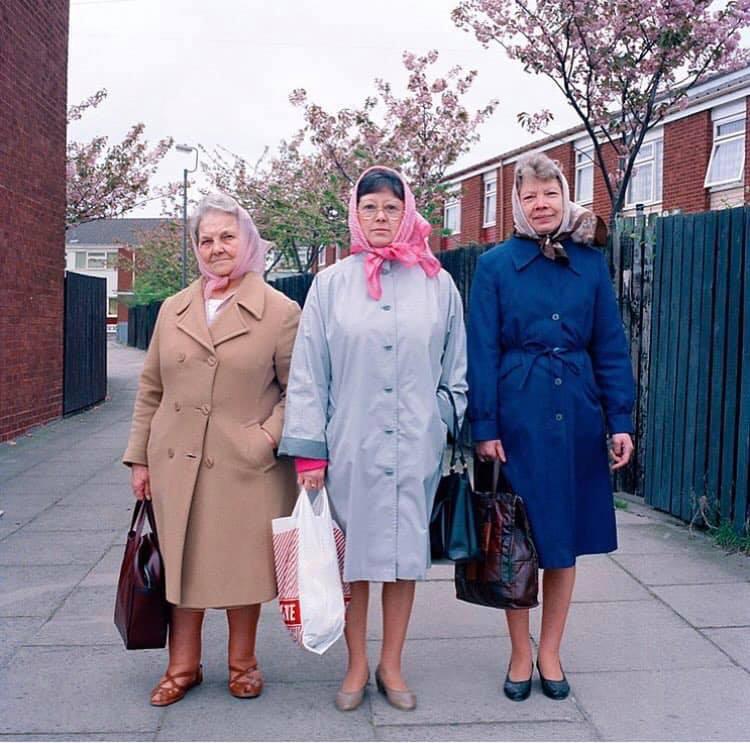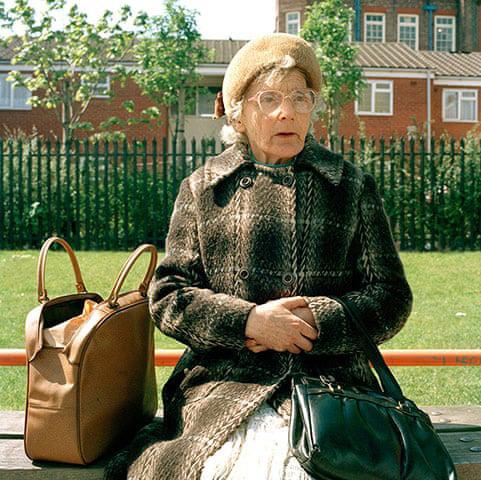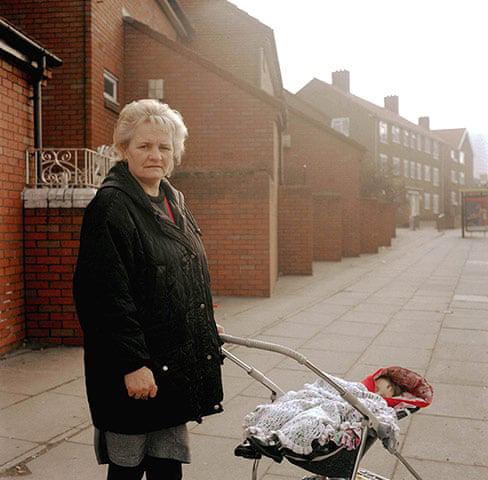
4 minute read
ii. Methodology
METHODOLOGY
This dissertation will place women within the city of Liverpool, using narratives to highlight the experiences of being a woman in the city. The following narratives take direction from Leslie Kern’s recent book Feminist City: Claiming Space in a Man-Made World. Kern uses history, personal experience and popular culture, with a feminist geographical lens, to expose the social inequalities of the man-made environment, whilst also laying out hopes for a new urban future. With a similar approach, this dissertation will create fictional characters, which are able to map the city from varied vantage points.
Advertisement
The method of narrative writing has provided an effective form to explore information, enabling the synthesis between existing literature and personal experience. This forms an experiential collage of being a woman in the city of Liverpool. The narratives follow the feminist mode of writing with a ficto-critical approach. As described in Writing Architectures by Helene Frichot, “Architects and fiction writers share the same ambition: to imagine new worlds into being.” (Frichot, 2020) The narratives aim to challenge the gender inequalities in current societies, by critiquing the man-made environment, and to disrupt the habitual ways of perceiving women in the city. Additionally, narrative writing as storytelling is an accessible way to convey information, with an immediacy that other written forms lack - What is it like to be in someone else’s shoes? This direct approach aims to help women understand their own relationship with the built environment and to help others, including future practitioners, to understand how the environment is a problem for women.
In these narratives, women are not only placed in the city but they are active. They are walking, wandering, observing. The women represented in these narratives are arguably flâneuses. The author Lauren Elkin painted the woman back into the city and rethinks the identity of the flâneuse in her book, where she explores the lives of wandering women, including herself. She describes the flâneuse:
“She voyages out, and goes where she’s not supposed to; she forces us to confront the ways in which worlds like home and belonging are used against women. She is a determined, resourceful individual keenly attuned to creative potential of the city, and the liberating possibilities of a good walk.”
Elkin, 2016
The figure of the flâneur, originated in the 19th century, and was “a figure of privalege and leisure, with the time and money to amble around the city at will” (Elkin, 2016). However the identity of the flâneur is a male. Opposing this, the flâneuse is not only a female flaneur, but has the strength to enter the city. Elkin writes about the actions of the flâneuse in the city, locating “it’s the centre of cities where women have been empowered, plunging into the heart of them, and walking where they’re not meant to. Walking where other people (men) walk without eliciting comment. That is the transgressive act.” (Elkin, 2016; pg. 20). Therefore, in this dissertation, by placing women into a man-made environment of the city, the flâneuse disturbs the stereotypes of a woman’s identity and place, and enables them to use and experience the city .
Also, in these narratives women in the city are active. Not only does walking act as a method of mapping the city. But this captures the relations of the users which create, as explored by Lefebvre, representational space. By placing women in a man-made environment, as users they react with the relations forming perceived and conceived space, and this reaction will identify the opportunities and constraints for women in the city. This dissertation places women in the city of Liverpool, which allows a situated engagement and critique of a specific site and city. However, it is important in this study to note my positionality as a researcher, particularly in relation to this study of the city of Liverpool. The choice of location does come with my personal associations and familiarities to Liverpool. Firstly, I most prominently lived in Liverpool for 3 years as a student. This does give me familiarity with the city, and I have personally experienced the female perspective of the city. In addition to this, my current employment lies within BDP whom have been key designers and decision-makers in the strategies for the urban regeneration of Liverpool, both in the Ropewalks and most recently Liverpool One. Both of these associations do give me a greater resource for existing data and literature.
This dissertation with use feminist scholar Donna Haraway’s “situated knowledges” (Haraway, 1988) as a feminist theoretical position, to reduce subjectivity. By recognising that knowledge is subject to its position, and all positionings are open to critical reflection, as a researcher I will highlight my reflexivity as the researcher.










